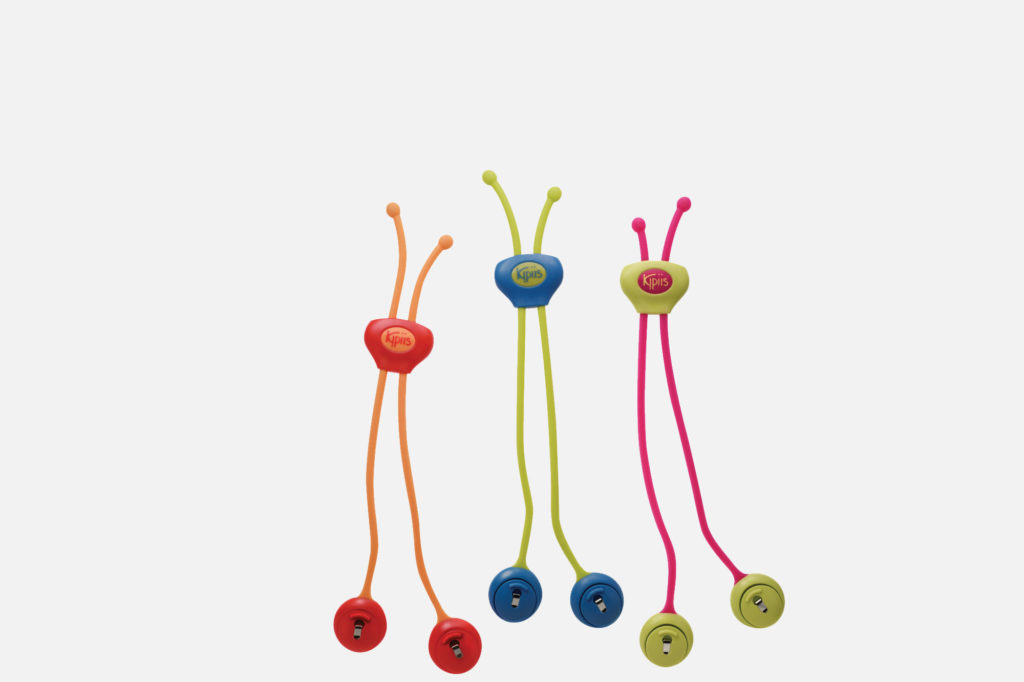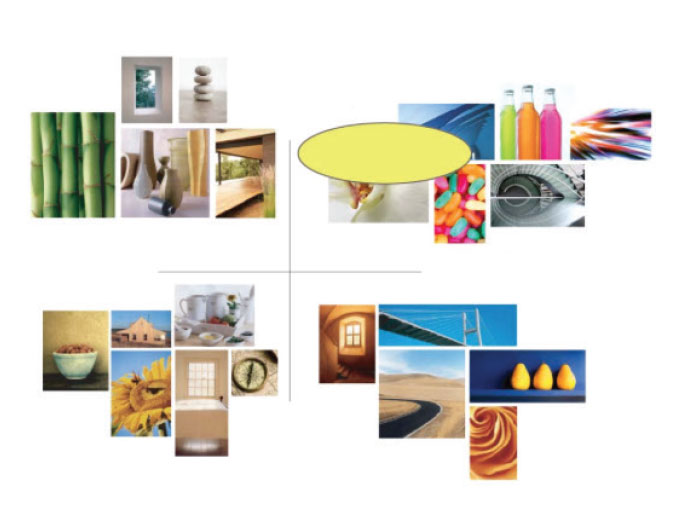Kipiis Bib Clips, “Make Anything a Bib”
We all have great ideas that make great products; we are all designers. The difference is whether we take action to create the products we imagine. HatchOne’s clients have great ideas and a lot of passion. The initial meet-and-greet involves sharing three basic needs for successful product launch:
1) Do your homework,
2) Make good decisions,
3) It’s about the passion.

Kipiis started as a product idea during a dental office visit. It was transformed into a business that sold products in MoMA, and then was sold per the company business strategy after five years. Kipiis is a great example of taking action to get an imagined concept to production.
1) Do your homework.
Getting a product to market takes homework. HatchOne’s homework is understanding (realistically) how a product will get to market. This homework involves realizing a business plan that sells products and generates revenue and how the business “looks” to define products – your brand. This homework evolves the product from conception to production, with goals and framework as references.
The first two homework assignments are:
Homework Assignment #1: What is your overall product business plan? You don’t need a full-blown business plan with marketing and revenue requirements (unless you’re needing investors), but you do need an overall outline of how your business will operate and evolve.
Homework Assignment #2: What is your overall visual plan? This is where HatchOne passionately thrives and adds value. This is also a blind spot for most businesses. How does the look and feel of your business help define what the company is and why it exists?
2) Make good decisions.
Having your homework complete gives you a framework on which to base all your business decisions. There will be a ton of decisions to make and a good portion of them will be hard. What makes the decisions hard? The subjective decisions that have no right or wrong answers are the hard ones.
These decisions tend to involve the look and feel of things versus the metrics or equations that will give a specific answer. What your color palette should be is a very different answer if an image frame is in place to reference. It becomes more of an equation. Does that red really fit into how our brand should look and feel, or does it need to have more blue in it? Which industrial design form should I choose?
These decisions are much easier with a reference to guide the decision. The question becomes: “What form best matches our company’s look and feel?” Companies that have made good brand decisions are clear winners: Apple, Nike, Starbucks. Companies that have less brand equity are more common, and often don’t stand the test of time.
3) It’s about the passion.
Keep the passion even when the going gets tough. Remember the first time you had the: “I have a great idea for a product!” moment. Hold onto that feeling when you realize you don’t have enough capital to purchase your first round of inventory. Celebrate when you’ve got enough “meat on the bone” to sell the business. Realize your passion: make it real through all of the homework and tough decisions.


